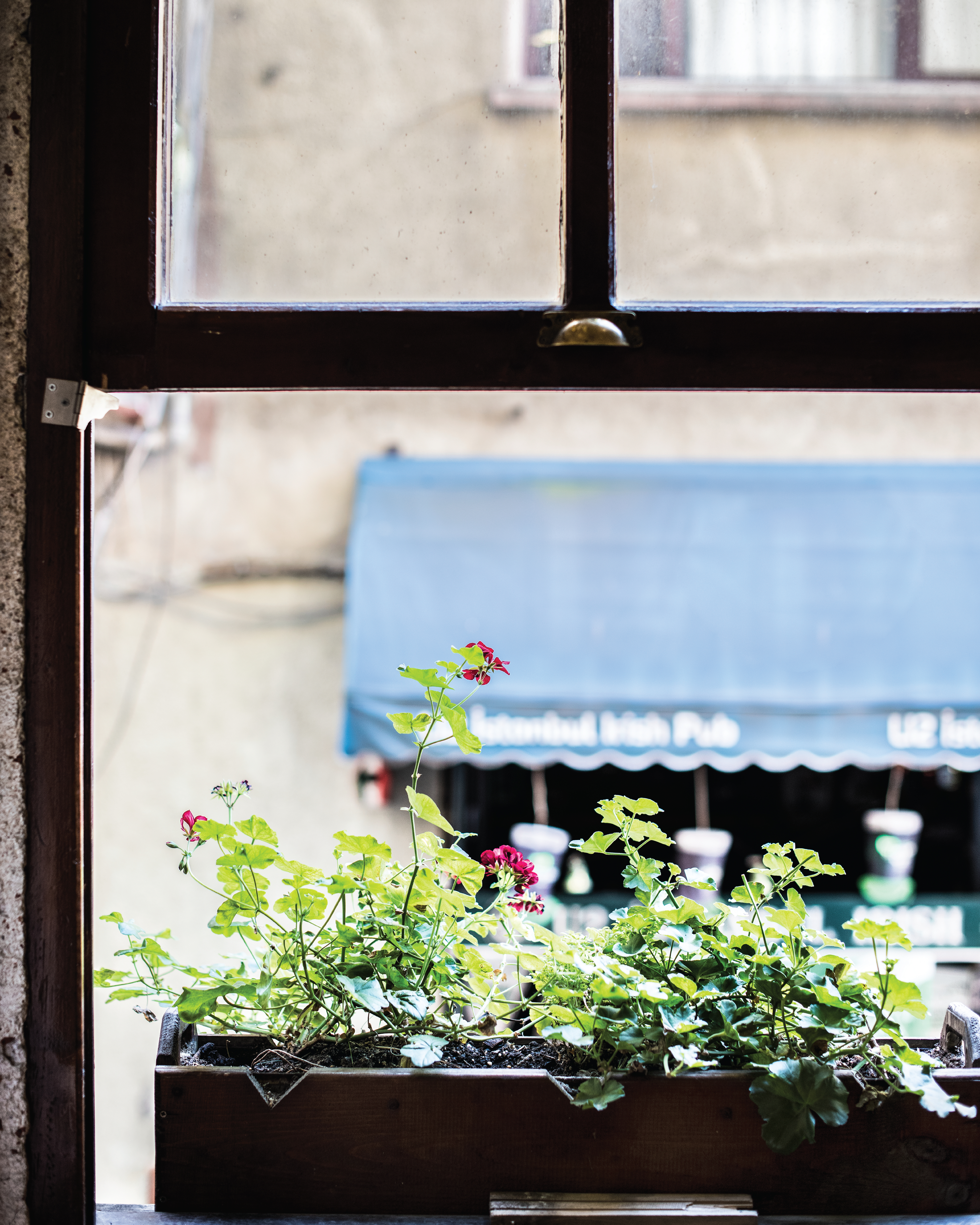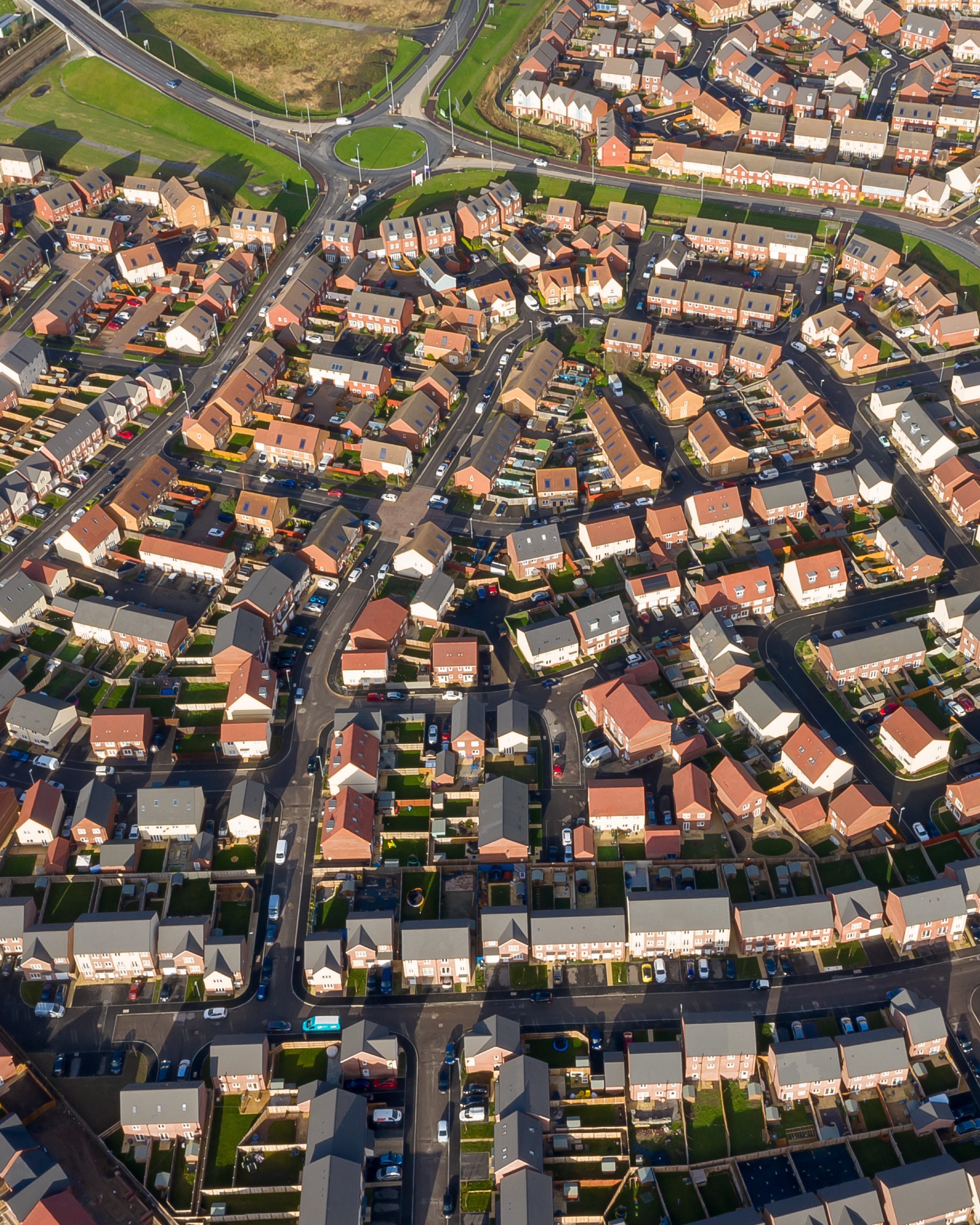

Britain’s Mouldiest Cities Revealed: Why Better Insulation is the Solution
A new report has exposed the UK’s top 10 mouldiest cities, highlighting the urgent need for better insulation and ventilation in homes. Damp and mould aren’t just unpleasant —they pose serious health risks, particularly to vulnerable groups like children, the elderly, and those with respiratory conditions.
The solution? Upgrading insulation and improving ventilation can help keep homes warm, dry, and mould-free—protecting both your health and your home!
The UK’s Mould Crisis: A Growing Concern for Homes and Health
Mould and damp are on the rise in poorly insulated homes, where trapped moisture, inadequate ventilation, and limited heating create the perfect conditions for mould to thrive.ith rising energy bills, many households are forced to cut back on heating—worsening the problem and leaving homes cold and damp.
A recent study highlights the worst-affected cities, including:
- Manchester
- Birmingham
- London
- Liverpool
- Glasgow
These cities, often with older housing stock, are experiencing widespread issues with damp, condensation, and black mould. It’s clear—better insulation and ventilation are urgently needed to keep homes warm, dry, and healthy!
Why Mould is More Than Just an Eyesore – It’s a Serious Health Risk!
Living in a mould-infested home isn’t just unpleasant—it can be dangerous for your health. Exposure to damp and mould has been linked to:
- Respiratory illnesses, like asthma and bronchitis
- Worsening allergies and skin conditions
- Weakened immune systems, especially in children
- Increased hospital admissions due to preventable health issues
For renters, the situation can be even worse , as many landlords fail to adequately maintain properties, leaving tenants exposed to unhealthy living conditions.
The Key to a Mould-Free Home: Insulation and Ventilation
The most effective way to combat damp and mould is at its source is by improving insulation and ventilation. Upgrading homes with:
- Loft and wall insulation to regulate temperature
- Double glazing to prevent condensation
- Adequate ventilation systems, such as extractor fans and trickle vents
- Damp-proofing measures to prevent water ingress
These upgrades don’t just reduce damp and improve air quality—they also lower energy costs, making homes healthier, warmer, and more efficient. Investing in these solutions is a win for both residents and the environment!
A Call for Action – Warmer, Healthier Homes for All
Millions of UK homes are still cold, damp, and energy-inefficient, putting residents at risk of fuel poverty and mould-related health issues. Housing campaigners and experts are calling for urgent investment in home insulation to tackle fuel poverty and reduce mould-related health risks.
What needs to happen?
- Hold landlords accountable for Improving insulation in rental properties.
- Support homeowners with grants to make energy-efficient upgrades more affordable
- Ensure new builds meet high energy efficiency standards from the start.
If the UK is serious about net-zero homes, we need bold policies and real funding to make it happen. Better insulation doesn’t just cut carbon—it lowers bills, improves health, and creates comfortable homes for all. It’s time for action!









